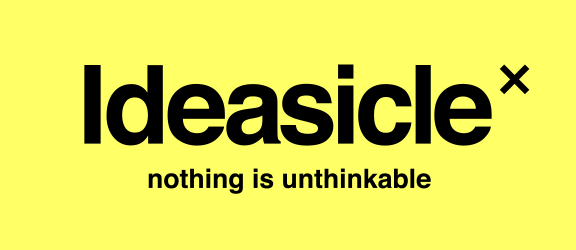Collaborating Virtually Gets Us Closer To Pure Consciousness Intermingling
Photo credit: David Cassolato
"Consciousness is the fundamental reality." - Erwin Schrödinger, Austrian physicist and theoretical biologist.
Think about that statement. It implies that the reality we believe is reality—the trees, the roads, the sky, our lunch—is not actually reality. Instead the statement suggests that reality—fundamental reality— is consciousness. My consciousness, your consciousness. That’s what’s real. There have been many interesting studies that try to get underneath consciousness and, in the process, at least indirectly support Schrödinger’s statement. Here are three from this century:
Study: "Quantum erasure with causally disconnected choice" by J. -W. Pan, et al. (2012) Conclusion: This experiment in quantum physics demonstrated that, under certain conditions, an observer's choice made after an event can retroactively influence the observed outcome. This suggests that our understanding of causality and the nature of reality may be more complex and interconnected than classical notions would suggest.
Study: "The Role of Consciousness in the Quantum Measurement Problem" by Shan Gao (2017) Conclusion: This study explores the philosophical implications of consciousness in the interpretation of quantum mechanics. It suggests that the act of measurement in quantum systems might be deeply connected to the consciousness of the observer, raising questions about the role of consciousness in shaping our perception of reality.
Study: "Unconscious determinants of free decisions in the human brain" by Chun Siong Soon, et al. (2008) Conclusion: This neuroscientific study indicated that participants' brain activity showed signs of decision-making before they were consciously aware of making a choice. It challenges the traditional notion of free will and raises questions about the extent to which our conscious experience drives decision-making.
As interesting as these studies are, they are no way near close to defining or explaining consciousness. But what we can conclude is that consciousness has more of an effect on the “reality” we perceive than we may have thought. What does that have to do with creativity and idea generation?
If consciousness affects our physical world, imagine how One consciousness affects another.
The intermingling of the consciousness of multiple people accelerates new idea generation. We’ve all seen this in play a million times. There’s the realtime brainstorm where everyone gets together and bangs ideas around. But it could be indirect as well. Like reading a book someone else (a different consciousness) wrote or watching a movie or overhearing someone you don’t even know at a bar. All of these are examples of one consciousness affecting another.
Steven Johnson, who wrote the great book “Where good ideas come from,” said that new ideas come out of the collision of two existing ideas. I think that’s true, but what is an existing idea but fruit from a collision with another consciousness? So it’s this intermingling of consciousness—thoughts from others that inspire new thoughts in you—that accelerates new idea generation.
But when it comes to in-person collaboration, there’s an ironic catch. Reality, as we typically perceive it, can get in the way of consciousness properly and purely intermingling.
the human physical barriers to true collaboration.
When I started Ideasicle back in 2010 I noticed pretty quickly that the teams of four people behaved differently when they were working virtually. They seemed more liberated, more open, more willing to take risks, than the teams I’d worked with at traditional agencies in person. At the time I didn’t know why this was the case, but every now and then I would ask one of the Ideasicle Experts what they thought of working on virtual projects.
Almost all of them said they loved it. They thought it was fun. One said it was like an “idea video game.” They fed off each other’s ideas, challenged themselves to find worth in each post, and genuinely respected each other completely. I couldn’t believe how polite everyone was with each other!
But that’s when I realized that it was the virtual nature of the platform that fostered this healthy environment for collaboration because it eliminated physical barriers that can unconsciously influence how we perceive someone else’s ideas.
For example, when in a virtual environment, body shaming is impossible. Racial biases are minimized. Sexual preference isn’t relevant. Nor is gender. I’ve shared this before but early on one of my female experts once said, “I love that we’re reduced to a typeface.” Now I see why.
When it’s virtual, the sometimes icky physicality is removed.
Virtual idea generation is like a “consciousness collider.”
We may not understand consciousness completely. But we do know what it is not. So it stands to reason that if we can eliminate those physical things we know are not consciousness, then we must be left with more consciousness.
And, better yet, intermingle the consciousness of multiple individuals on a team of four and watch out. The outcome is exponential creativity.
We will continue to boil away everything that is not consciousness in our virtual model.
Will Burns is the Founder & CEO of the revolutionary virtual-idea-generating company, Ideasicle X. He’s an advertising veteran from such agencies as Wieden & Kennedy, Goodby Silverstein, Arnold Worldwide, and Mullen. He was a Forbes Contributor for nine years writing about creativity in modern branding. And he’s the consummate Beatles fan. Sign up for the Ideasicle Newsletter and never miss a post.


